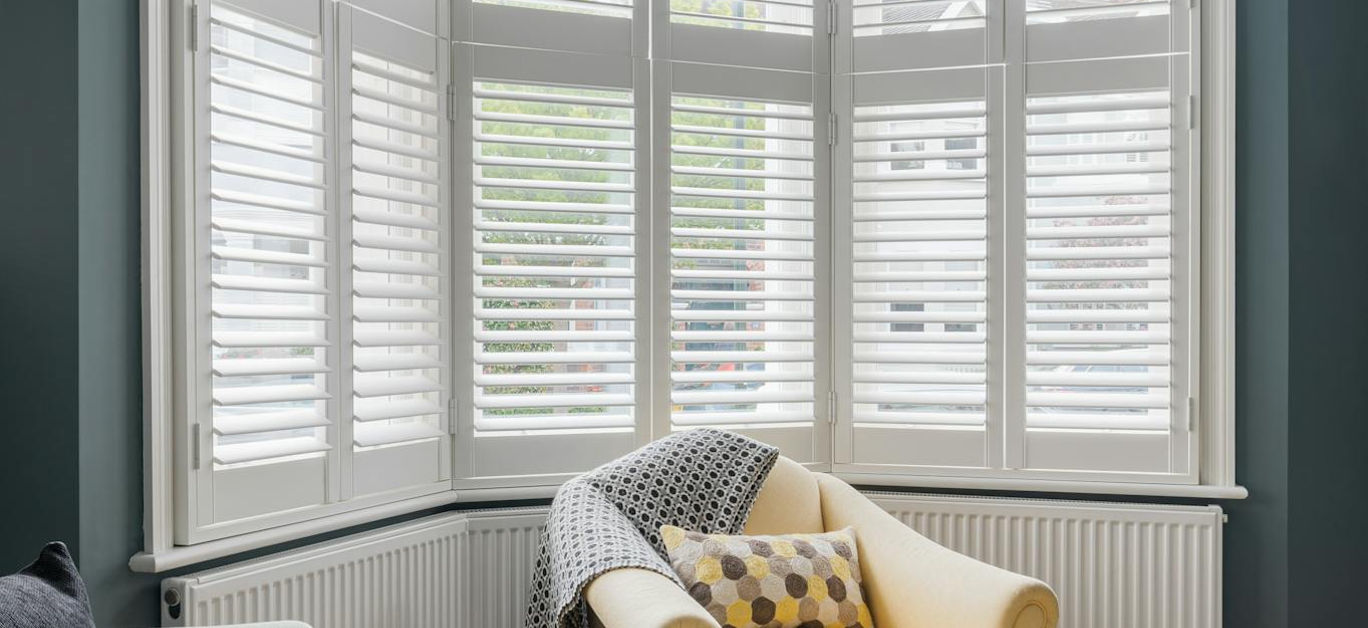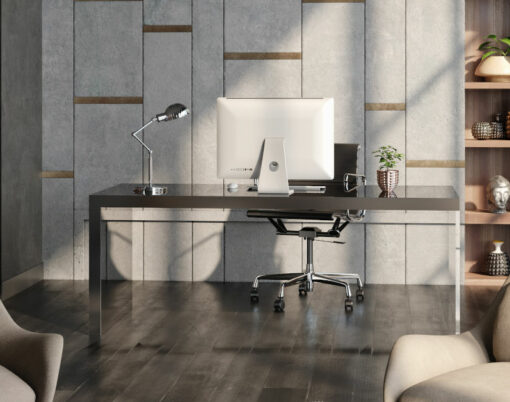When it comes to architectural evolution, few features showcase the shifting tastes and styles of different eras quite like windows. Amongst the most iconic designs that have emerged over the years are sash windows, which have graced buildings for centuries and continued to evolve in design and functionality across distinct historical periods. Sash windows in London and across the UK are still commonly seen today. – but they certainly aren’t the only ones to have proved popular, both historically and in today’s modern world. From Georgian and Victorian to Edwardian sash windows, there are a huge variety of styles.
We asked Chessington window supplier and all-round expert Todi & Boys to take us through how each era’s architectural ethos has shaped these prominent features that play such an important role in the overall aesthetic of our beloved luxury homes, as well as why their appeal has been quite so enduring.
Georgian sash windows
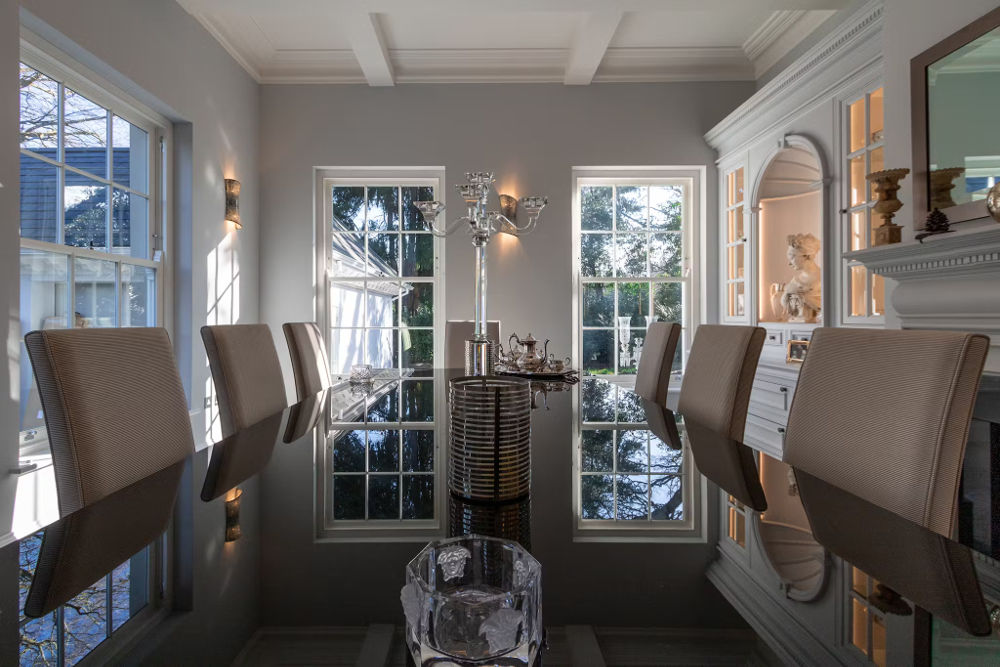
The Georgian period, spanning from the early 18th to early 19th century, was characterised by a focus on symmetry and proportion. Sash windows of this era typically featured six-over-six or eight-over-eight pane configurations, emphasising a sense of balance and harmony, which was due to limitations Georgians faced as they could only create small glass panes that sat within wooden frames.
Georgian sash windows often boasted intricate glazing bars, reflecting the era’s penchant for neoclassical aesthetics, and are still renowned and admired for their craftsmanship, with joinery techniques ensuring durability and longevity.
Victorian sash windows
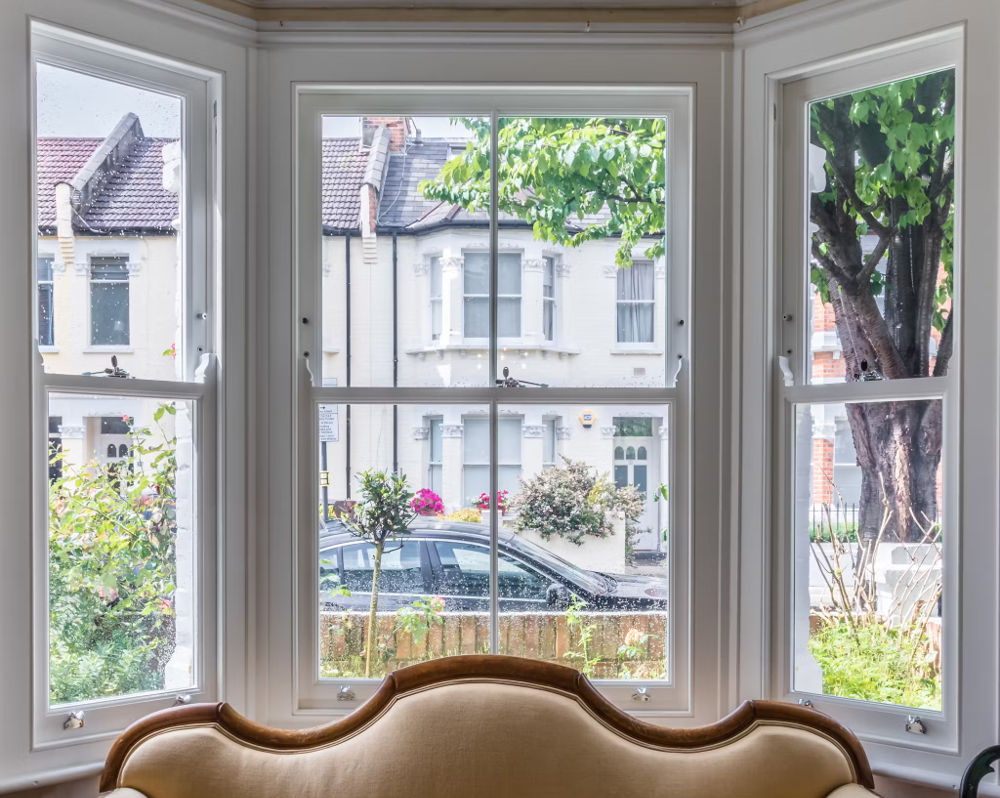
Continuing from the mid-19th to the early 20th century, the Victorian period brought with it a new era in window design, which saw a departure from the strict symmetry of Georgian windows. Instead, Victorian sash windows embraced a more eclectic and ornate approach, featuring two-over-two or three-over-three pane configurations, with larger panes of glass allowing for increased natural light.
In the Victorian times, it became possible to produce larger individual panels of glass, unlike Georgian sash windows, which use smaller panes of glass, which was in part responsible for this shift in design. The decorative elements we know them for today, such as elaborate mouldings, coloured glass, and ornamental detailing became prevalent, reflecting the era’s fascination with revivalist styles such as Gothic, Italianate, and Queen Anne.
Technological advancements, including the introduction of spring balances and thicker glazing, enhanced the functionality and thermal efficiency of Victorian sash windows and made them a choice that remains popular in luxury period properties today, and considering their stunning aesthetic appeal, it’s easy to understand why.
Edwardian sash windows
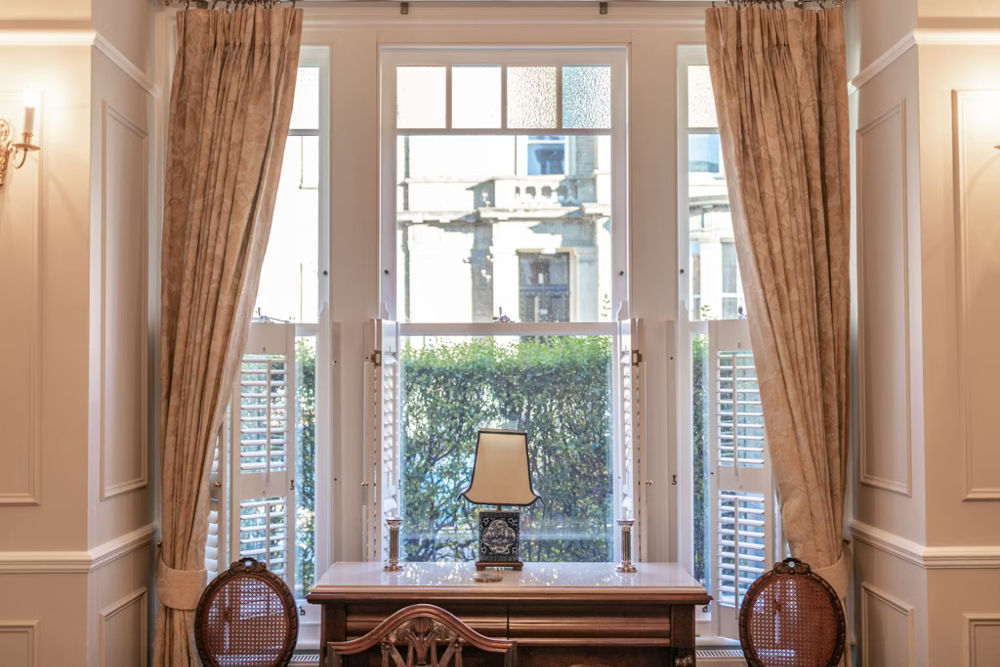
Following on from the Victorian era, the Edwardian period encompassed the early 20th century and marked a transition towards a more elegant architectural style.
Edwardian windows are truly unique in comparison to their Georgian and Victorian counterparts, and during their surge in popularity, there were significant investments into London’s architecture, so artisans were paid to make all the windows look more aesthetically pleasing with narrower frames, intricate mouldings, stained glass, exaggerated arches and more.
Edwardian sash windows retained the basic structure of their Victorian predecessors but adopted cleaner lines and simpler detailing, with varied pane configurations ranging from two-over-two to six-over-two layouts, both of which were common.
While the Victorian era was focused on building quickly due to an economic surge, in the Edwardian period, there was more time, more flair and an artistic approach to make the windows more ornate, and thus Edwardian sash windows favoured elegance, aesthetic glazing bars and detailed ornamentation.
Not only that, but technological advancements also continued to improve performance, with the introduction of counterbalanced weights further enhancing longevity and ease of operation.
How they measure up

Each era’s sash windows reflect not only constantly evolving architectural tastes but also technological advancements and socio-economic influences. While Georgian windows embody the neoclassical ideals of proportion and symmetry, Victorian windows showcase eclectic revivalist styles and technological innovation, and Edwardian windows, meanwhile, epitomise a shift towards elegance and improved functionality.
The materials and craftsmanship utilised in each era contribute to the distinct character of these architectural elements and have made each type of window instantly recognisable in today’s modern age, with each continuing to be a highly sought-after choice depending on the type of property one lives in and the era in which it was built.
The bottom line
The evolution of sash windows across the Georgian, Victorian, and Edwardian periods offers a fascinating insight into the changing landscape of architectural design and construction and the look of myriad homes and buildings as we know them today. From the symmetrical elegance of Georgian windows to the ornate eclecticism of Victorian design and the refined simplicity of Edwardian style, each era’s sash windows reflect the prevailing tastes, technologies, and societal values of their time – and today are often selected simply due to their timeless allure and as well as their functionality, their ability to add beauty and aesthetic appeal to any luxury property.
As enduring features of historical and heritage buildings, these windows serve as tangible reminders of London’s architectural heritage, continuing to captivate and inspire admirers to this day.
All imagery unless stated otherwise credit: Todi & Boys












